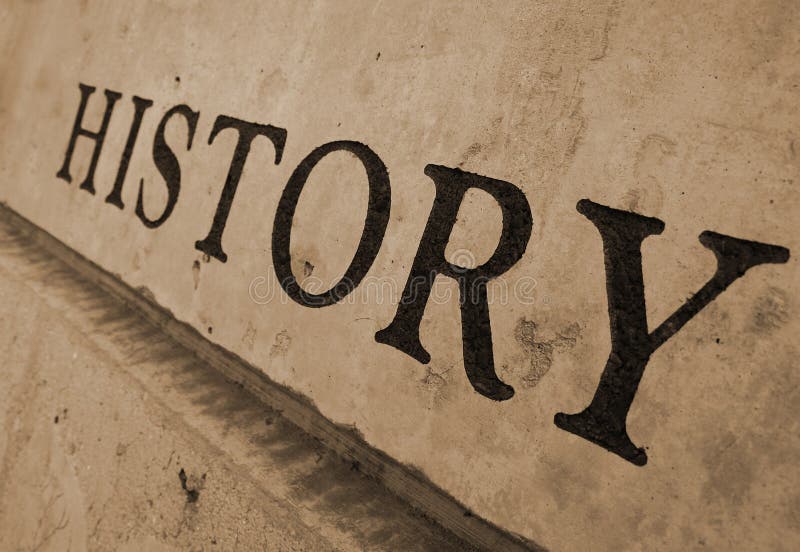In the Mesopotamia unit we studied over 6 civilizations that ruled Mesopotamia and they are the Sumerians, Akkadians, Babylonians, Hittites, Assyrians, and Chaldean's. An interesting thing about the Sumerians was that they were the first civilization to live in Mesopotamia, the Akkadians started the first empire and dynasty, the Babylonians were the first people to create a code of laws and some of those laws we still abide by today, the Hittites were the first people to smelt iron which helped them rule Mesopotamia for over 200 years, the Assyrians created a library with over 22,000 clay tablets that we can use to learn more about the past in Mesopotamia, lastly the Chaldean's were the people who made the hanging gardens of Babylon for the queen who was homesick. In my opinion the Sumerians were the most important civilization to live in Mesopotamia because they made so many inventions and came up with so many ideas that all the rest of the civilizations adopted and adapted to. I chose this group because without the Sumerians Mesopotamia history and even our century would be different. The Chaldean's came up with the solar year which is important because we use the solar year today. I chose this group because time would different and we might not be studying the stars if it was not for the Chaldean's. It is important to study these civilizations because without them we would not know where some of our history came from. I invite you if you want to learn more about this topic to read my summaries from the Mesopotamia section on the right.
 |
| Chaldean's, crystalinks, http://www.crystalinks.com/Chaldeansoldier.jpg, 6 December 2017 |
 |
Standard of Ur from Sumerians, CND History, http://cdn.history.com/sites/2/2015/12/GettyImages-152204325.jpg, 6 December 2017
|


